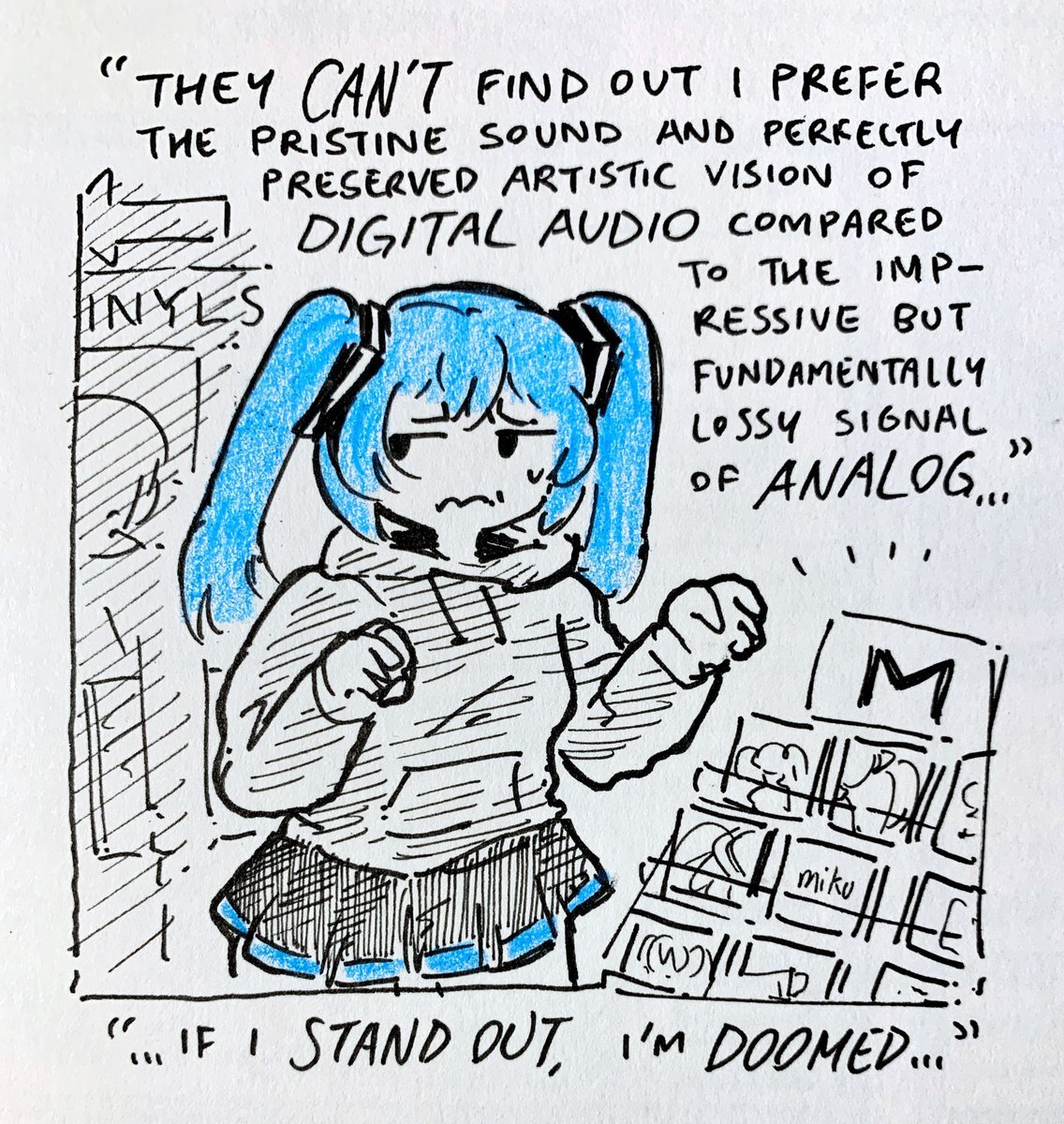this post was submitted on 15 Jul 2024
696 points (99.2% liked)
196
16751 readers
4369 users here now
Be sure to follow the rule before you head out.
Rule: You must post before you leave.
founded 2 years ago
MODERATORS
you are viewing a single comment's thread
view the rest of the comments
view the rest of the comments

Out of curiosity, is there any reason why you couldn't read an analog record digitally, and recreate the sound digitally? So that instead of a needle in a groove, which will--over time--wear out the record, you're using a high-precision optical reader to measure the variation in the groove, and recreate what the needle would have produced?
There are laser systems which read the groove without physical contact, as to avoid the wear problem. They are also so accurate that if your sample it at high enough quality you can do exactly what you allude to. Some purist is going to crucify you for even suggesting it though 😂。
People forget that in the 80s and 90s it was considered the highest quality possible to capture with wide magnetic tape, and record companies would tout that the master for the record was converted directly from wide magnetic tape tape.
I don't care about "purists", I'm thinking about my 80yo mom and her enormous classical vinyl collection, and seeing what she could still do with it. A lot of it was very high quality when she bought it, so it would be a shame to just get rid of it in favor of .m4a files.